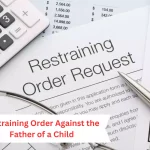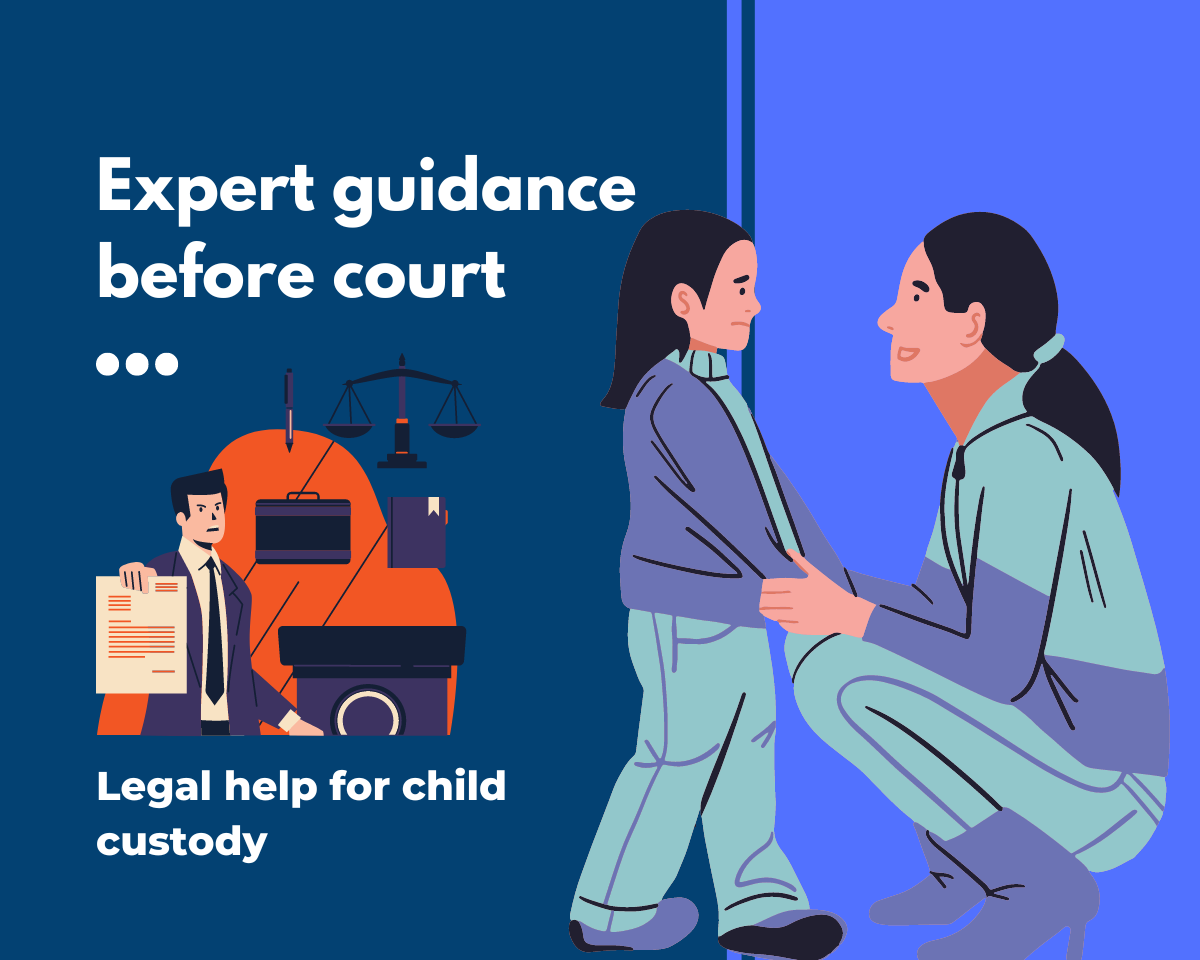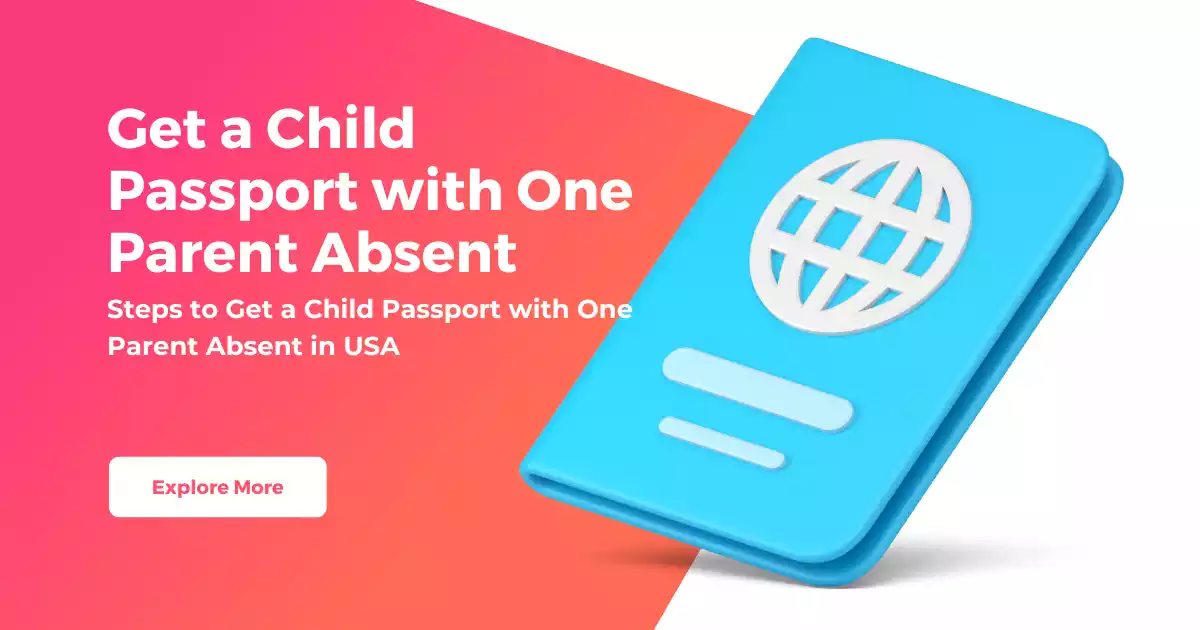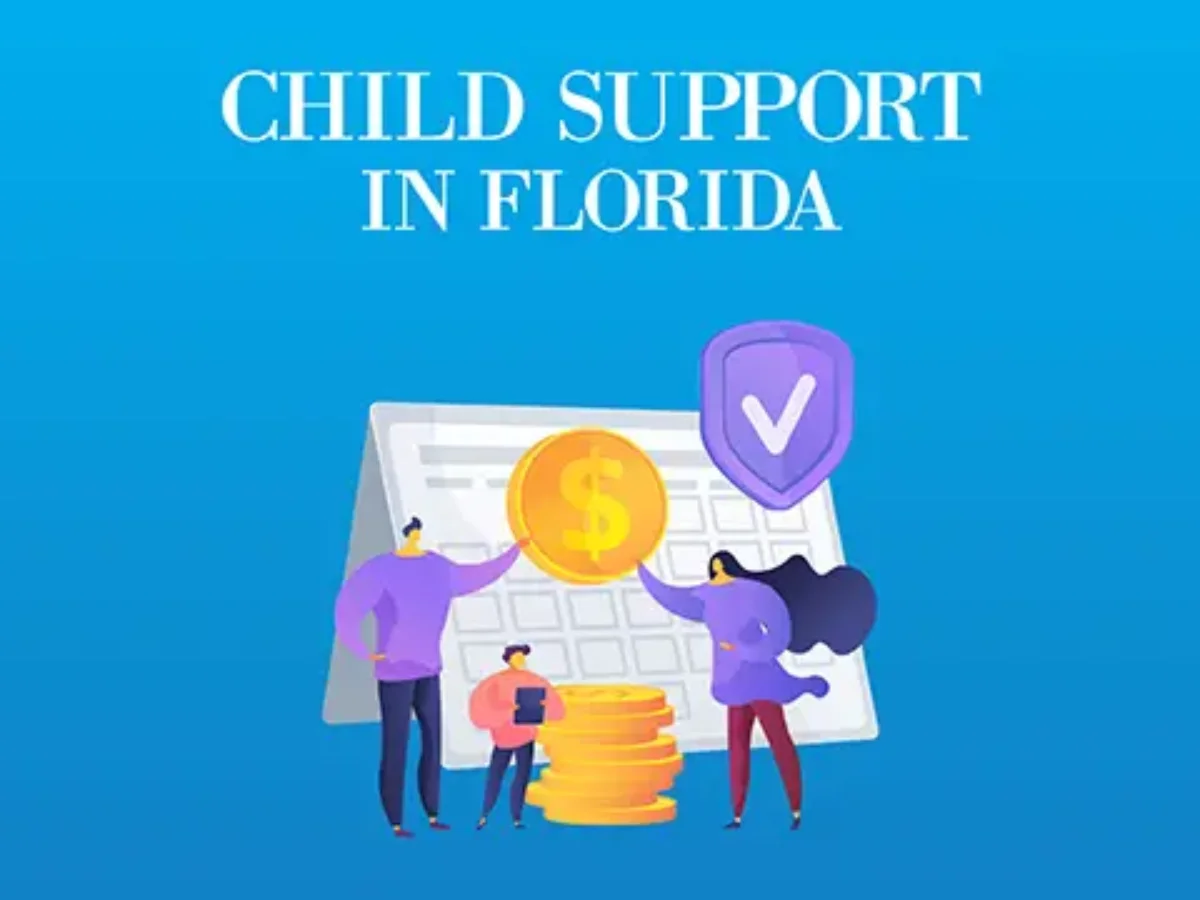Changing your child’s name is a significant decision and a legal process that involves several steps. Whether you’re going through a divorce, remarriage, or just seeking a name change for your child, this guide will help you navigate the process of legally changing your child’s name in California.
Understanding the Legal Requirements
Eligibility for Name Change
Before embarking on the name change process, it’s important to ensure you meet the eligibility criteria. In California, one or both parents must typically consent to the name change, and certain conditions may apply.
Consent from Both Parents
If both parents are involved in the child’s life, both typically need to provide their consent for the name change. However, there are exceptions in cases of absence, unwillingness, or other circumstances.
Filing the Name Change Petition
Prepare the Required Forms
To initiate the name change, you’ll need to prepare and file specific forms with the California courts. These forms include the Petition for Change of Name, which outlines the child’s current and proposed name.
Filing Fee and Publication
Expect to pay a filing fee when submitting the forms. In some cases, you may also need to publish a notice of the name change in a local newspaper to notify the public of the upcoming change.
Consent of the Other Parent
Obtaining Consent
If both parents consent to the name change, the process is straightforward. The consenting parent can sign the required forms, acknowledging their approval.
No Consent from the Other Parent
If the other parent does not consent, you must provide notice of the name change to the non-consenting parent. This can involve serving them with the necessary legal documents, and they will have the opportunity to respond in court.
Court Hearing
Attend the Court Hearing
After filing the name change petition, you will be scheduled for a court hearing. This is the stage where the judge will review your case, ensuring it aligns with the child’s best interests.
What the Judge Considers
The judge will consider various factors, including the child’s age, the reason for the name change, and any potential harm to the child or other parties. They will also evaluate the relationship between the child and both parents.
After the Court Approval
Receiving the Court Order
If the judge approves the name change, you will receive a court order reflecting the change. This document can be used to update your child’s identification, such as their Social Security card, birth certificate, and passport.
Notify Relevant Agencies
Once you have the court order, it’s essential to notify agencies like the Social Security Administration and the Department of Motor Vehicles of the name change.
Conclusion
Legally changing your child’s name in California is a process that involves various legal steps and considerations. It’s crucial to understand the eligibility requirements, obtain consent from both parents when necessary, and follow the court’s procedures. By following these steps, you can successfully change your child’s name and provide a better future for them.
FAQs
FAQ 1: Can I change my child’s name without the other parent’s consent in California?
If the other parent does not consent, you can still pursue a name change, but you must follow a legal process and provide notice to the non-consenting parent.
FAQ 2: How long does the name change process typically take in California?
The duration can vary, but it generally takes a few months from the initial filing to receiving the court order.
FAQ 3: What factors does the judge consider when reviewing a name change case?
The judge considers factors like the child’s best interests, the reason for the name change, and the child’s relationship with both parents.
FAQ 4: Can I change my child’s last name to match mine after a divorce in California?
Yes, you can seek a name change for your child after a divorce, and the court will evaluate the request based on the child’s best interests.
FAQ 5: Is a name change permanent, or can it be reversed in the future?
In most cases, a legal name change is permanent. It can be challenging to reverse, and the process usually involves another legal proceeding.
Read More: https://www.courtsandchildren.org/
More Related:
Does Hyatt Legal Plan Cover Divorce?
Who Legally Owns an Engagement Ring After Divorce?
Is It Legal to Spank Your Child with a Belt?
If Both Parents Are on the Birth Certificate But Not Married, Who Has Custody?
Can a Father Take a Child Away from the Mother if Not Married?
Can a Hospital Legally Hold Your Child?























